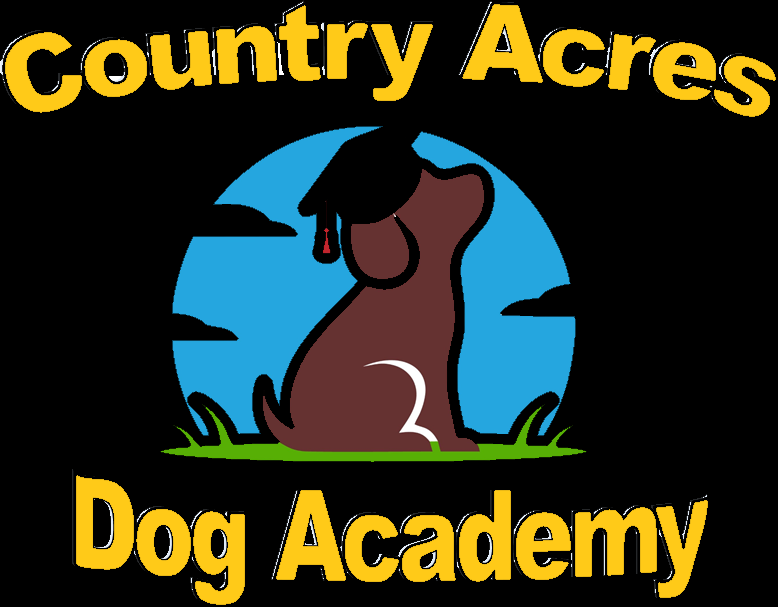Managing Dog Aggression: Understanding Causes and Effective First Steps for Dog Owners
Is Your Dog's Aggression Causing Stress and Anxiety?
Dealing with dog aggression can be incredibly stressful. The anxiety of anticipating a potential outburst, the embarrassment of public incidents, and the constant worry for the safety of yourself and others – it takes a toll. You love your dog deeply, but their behavior is creating a rift in your relationship and impacting your enjoyment of life.
You're not alone. Many dog owners face similar challenges, often feeling overwhelmed and isolated. But the good news is, there's hope!
Understanding the "Why" Behind the Growl
Before we dive into solutions, let's understand the root of the problem. Dog aggression can manifest in various ways, from fear-based reactivity (like barking and lunging at strangers or other dogs) to resource guarding (protecting food, toys, or even people). Common triggers include:
Fear and Anxiety: Loud noises, unfamiliar people or animals, and even certain environments can trigger fear-based aggression. Imagine your dog's panic when fireworks explode or a stranger approaches too quickly. This can lead to dog reactivity, fear aggression, and noise anxiety.
Frustration: When your dog can't get what they want (a toy, attention, access to a space), frustration can boil over into aggression. Think of the frustration that builds when your dog is eager to play but can't reach the ball. This can manifest as frustration-induced aggression and demand barking.
Possessiveness: Some dogs become fiercely protective of their resources (food, toys, people) and may snap to guard them. This can range from mild growling to serious biting. This is often referred to as resource guarding, which can include food aggression, toy aggression, and even people guarding.
Pain or Medical Conditions: Underlying health issues like arthritis, dental pain, or even cognitive decline can cause irritability and increase the likelihood of aggressive displays. These conditions can lead to pain-related aggression and cognitive dysfunction syndrome.
A Proactive Approach to Managing Aggression with Positive Reinforcement Dog Training
Here's a proactive, results-oriented approach to addressing your dog's aggression:
Environmental Management:
Identify and Minimize Triggers: Pay close attention to your dog's behavior and pinpoint the situations or stimuli that trigger their aggression. Keep a journal to track incidents and identify patterns.
Create Calm Havens: Designate safe spaces in your home where your dog can retreat and feel secure. This could be a cozy crate, a designated corner with a comfortable bed, or a quiet room.
Strategic Planning: Adjust your routine to minimize exposure to triggers. For instance, if your dog reacts to other dogs on walks, consider exploring less crowded areas or walking during off-peak hours.
Train an Alternative Behavior:
Teach Incompatible Behaviors: Teach your dog alternative behaviors that are incompatible with aggression. For example, if your dog tends to bark at strangers, teach them a reliable "sit" or "down" command. This is often referred to as impulse control training.
Reward Calmness: Consistently reward your dog for calm and submissive behavior. This reinforces that these behaviors are more desirable than aggression.
Desensitization and Counter-Conditioning:
Controlled Exposure: Gradually and systematically expose your dog to their triggers while simultaneously pairing them with positive experiences (like treats or toys).
Positive Associations: Help your dog learn to associate the trigger with something pleasant instead of fear or anxiety. For example, if your dog is afraid of the vacuum cleaner, gradually introduce the sound of the vacuum while offering them treats and praise. This process is often referred to as classical conditioning.
Exercise and Mental Stimulation:
Physical Activity: Regular exercise helps reduce stress and anxiety, making your dog less reactive.
Mental Enrichment: Engage your dog's mind with puzzle toys, training games, and interactive play sessions to keep them mentally stimulated and prevent boredom.
The Power of Professional Guidance
While these strategies provide a good starting point, seeking guidance from a qualified professional is always recommended.
Certified Professional Dog Trainers (CPDT) or Certified Applied Animal Behaviorists (CAAB) possess the expertise to:
Conduct a thorough assessment to pinpoint the root causes of your dog's aggression.
Develop a customized training plan that aligns with your lifestyle and goals.
Provide ongoing support and guidance to ensure you're implementing the plan effectively.
Investing in Professional Help is an Investment in Your Peace of Mind
Remember, addressing dog aggression requires patience, consistency, and a proactive approach. By combining these strategies with the expertise of a qualified professional, you can create a harmonious and fulfilling relationship with your dog while maintaining your active and fulfilling lifestyle.
Disclaimer: This blog post is for informational purposes only and should not be considered a substitute for professional advice.
